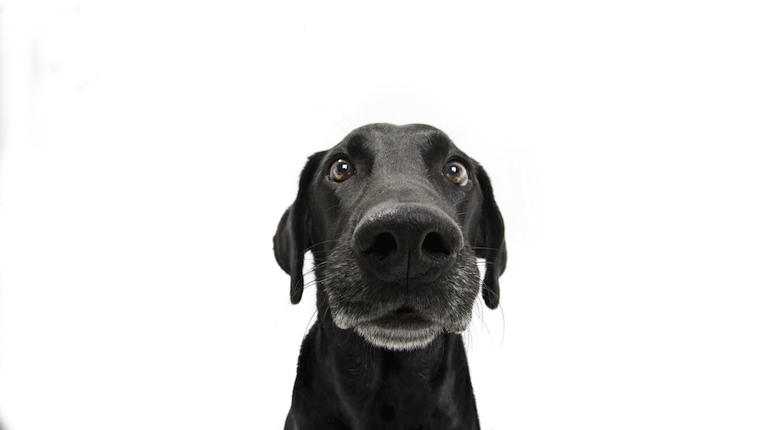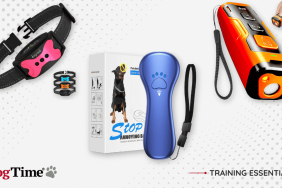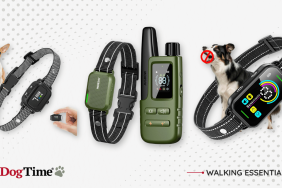
At the National Institute of Standards and Technology (NIST), engineers effectively used dog biomimicry to enhance particle detection technology.
For a long time, people have known that dogs’ sense of smell is superior to ours, but what mechanisms make this possible has eluded us. Now, engineers have discovered just how dogs are able to sniff out everything from bombs to diseases.
The first step is understanding how dog noses work
In an article published in Scientific Reports, researchers discuss how dogs “[do not] suffer from the many limitations that plague current vapor detection technology.” Currently, researchers say there are two main types of sensor technologies: passive approach and suction-based approach. While these both work relatively well, they pale in comparison to the canine nose. Specifically, the suction-based method “[suffers] from having a limited aerodynamic ‘reach.’”
Contrastingly, the anatomy of dog noses allows them to detect vapors much more effectively. As you would expect, dogs pull air directly into their nostrils when sniffing. However, this air then gets diverted out to the sides during exhalation. Fascinatingly, this air cycling “prevents the blow-off of odorant sample[s]” in front of the nose while “effectively extending the aerodynamic reach.”
Applying biomimicry to modern sensors
Using data from previous studies, engineers applied these mechanisms to current vapor sensors. Fascinatingly, the researchers even 3D printed a dog nose to test out what they observed. Using flow visualizations, they were able to see what happens in the air as dogs sniff in and out.
According to BoingBoing, researchers “…were able to realize a 16-fold increase in detection capabilities over the continuously drawing chemical sensor design.” Notably, researchers used commercially available sensors. According to the study, “These lessons learned from the dog may benefit the next-generation of vapor samplers…and could inform future bio-inspired designs for optimized sampling of odor plumes.”









